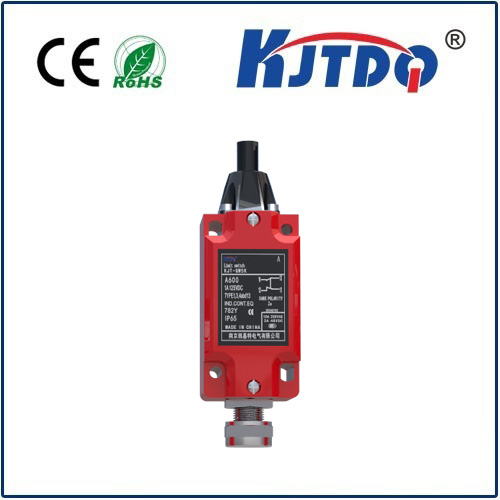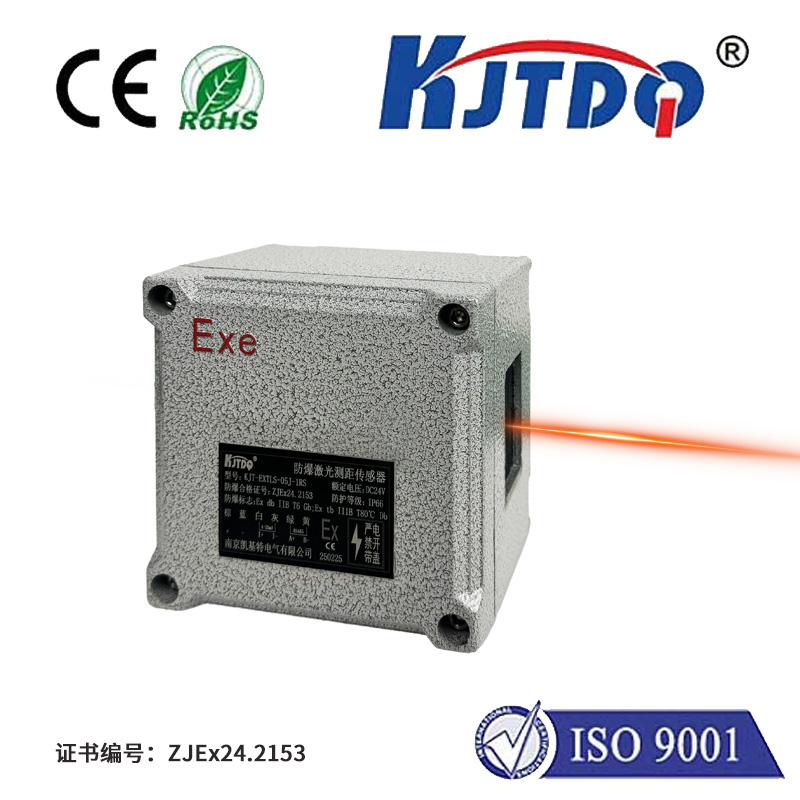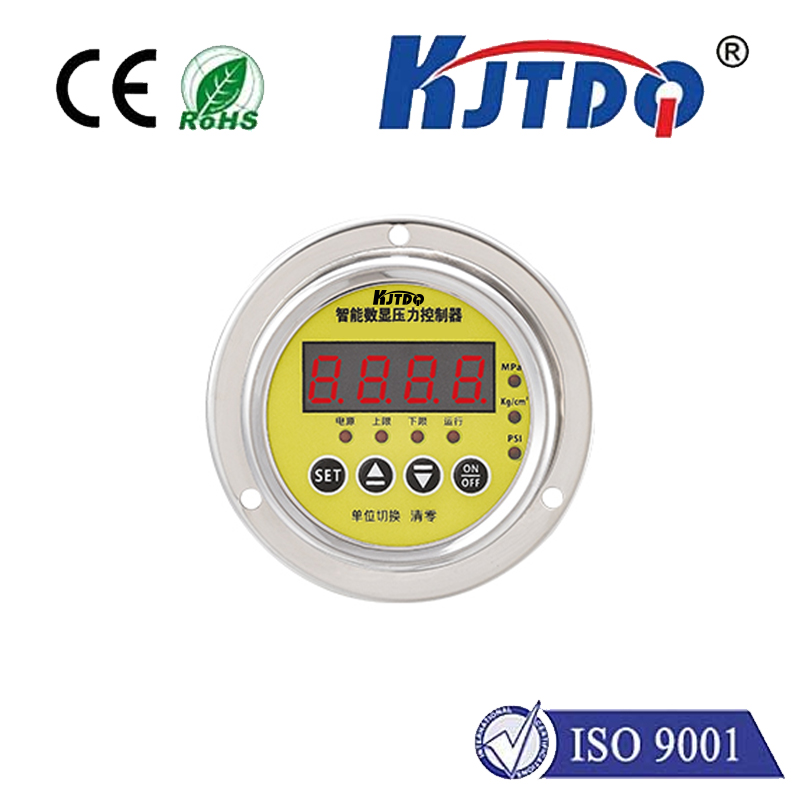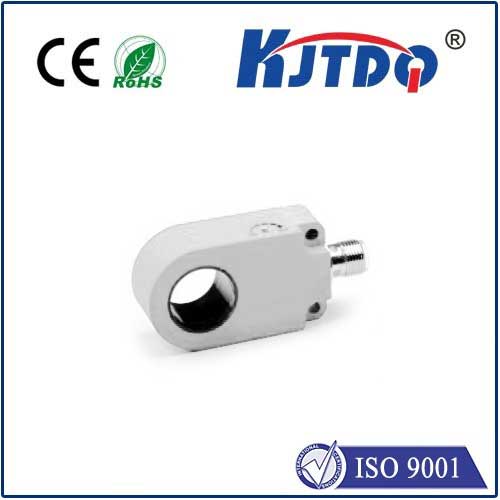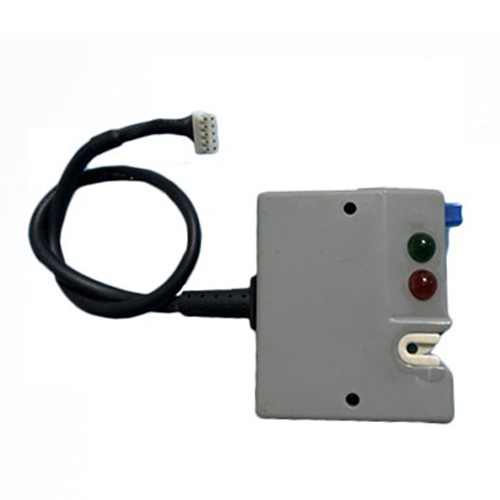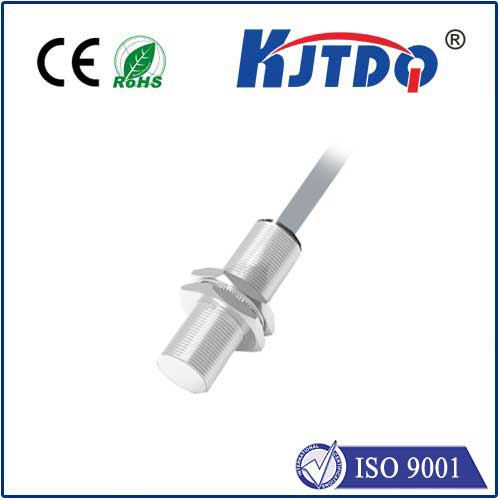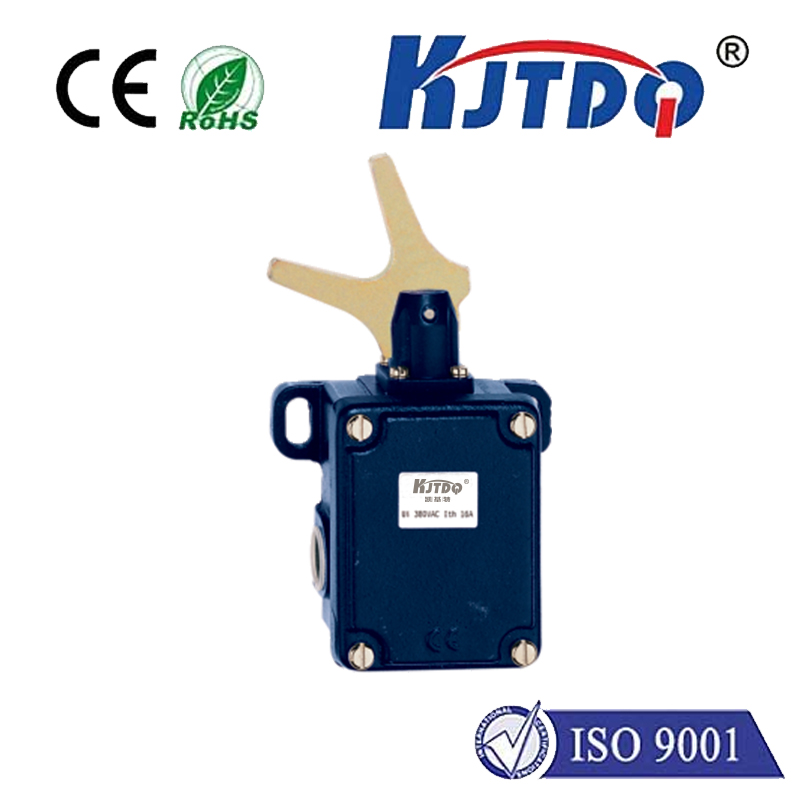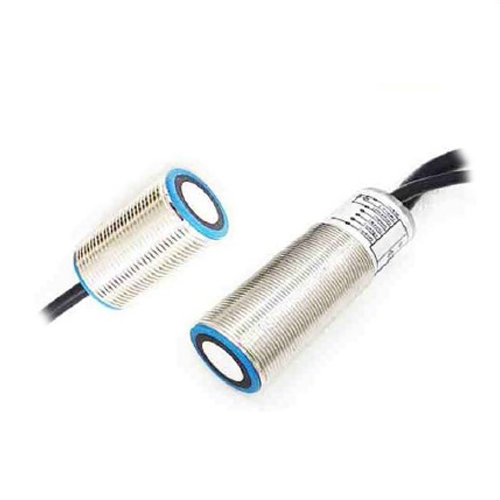

check

check

check

check
Ever wonder how biological systems effortlessly process complex sensory information – recognizing a face, tracking movement, or distinguishing a scent – with minimal power and incredible speed? This remarkable efficiency, rooted in the brain’s fundamental operations, has long been the holy grail for engineers. Enter the fascinating world of Bernstein sensors, a revolutionary approach inspired directly by neuroscience principles that promises to transform how machines perceive the world.
The term “Bernstein sensor” draws its name from the pioneering work of Julius Bernstein, a German physiologist whose early 20th-century research laid crucial groundwork for understanding how nerve cells (neurons) generate and transmit electrical signals – the vital action potentials or spikes. Bernstein’s insights, particularly concerning the ionic basis of the resting and action potentials, form part of the bedrock of modern neuroscience. While Bernstein didn’t invent sensors per se, neuromorphic engineers adopted his name to signify sensors designed from the ground up to mimic the bio-inspired principles of neural information encoding and processing.
Traditional sensors (like CMOS cameras or microphones) capture data continuously, generating vast streams of raw information – pixels or audio samples – regardless of whether the scene contains relevant changes. This generates significant redundant data, taxing processing systems and consuming high power, especially in always-on applications. This approach stands in stark contrast to biological sensory systems.

Bernstein sensors embody the principles of neuromorphic engineering. They aim to replicate the efficiency and event-driven nature of biological sensing:
The drive towards artificial intelligence and edge computing demands sensory systems that are not just powerful, but also efficient and responsive. Traditional sensors become bottlenecks:
Bernstein sensors, by leveraging neuromorphic principles inspired by Bernstein’s foundational biophysics, directly address these challenges:
This technology isn’t just theoretical; it’s finding traction in demanding fields:
Comparison: Traditional vs. Bernstein-Inspired Sensor Characteristics
| Feature | Traditional Sensors (e.g., Frame-based Camera) | Bernstein-Inspired Sensors (e.g., Event-based Vision) |
|---|---|---|
| Data Output | Continuous stream (full frames/samples) | Sparse, asynchronous events (only on change) |
| Power Use | High (constant operation) | Ultra-Low (primarily event-driven) |
| Latency | Frame-based (e.g., milliseconds) | Microsecond-level (per event) |
| Dynamic Range | Often Limited | Very High |
| Bandwidth | High (massive raw data) | Low (only essential change data) |
| Processing | Computationally intensive | Efficient for SNNs (event-based processing) |
| Key Strength | High static detail | Superior temporal resolution, motion capture, efficiency |
Despite their immense potential, Bernstein sensors face hurdles. Designing and manufacturing complex neuromorphic chips integrating sensing and processing is inherently challenging. Developing robust algorithms and software frameworks specifically tailored to efficiently process the unique event-based data streams is an ongoing effort. Furthermore, integrating these novel sensors effectively into existing systems requires adaptation.
However, the trajectory is clear. As research advances and fabrication techniques mature, Bernstein sensors are poised to become a cornerstone technology. They represent a fundamental shift from mimicking human senses digitally to mimicking them neuromorphically, capturing the efficiency and coding principles discovered by pioneers like Julius Bernstein. By unlocking bio-inspired sensing, they pave the way for smarter, faster, and vastly more energy-efficient machines capable of interacting with the world in ways that were previously the sole domain of biology. This convergence of neuroscience and engineering isn’t just building better sensors; it’s forging a new paradigm for machine perception.
